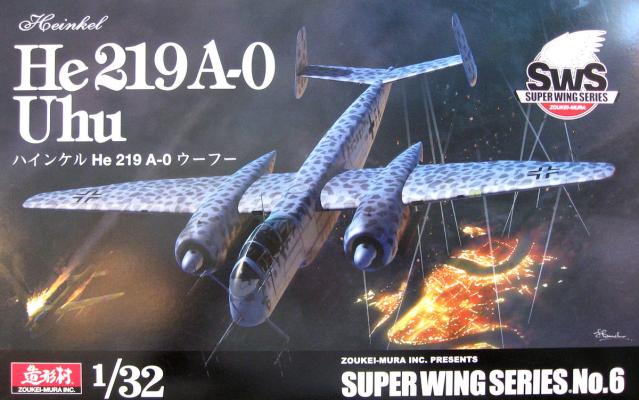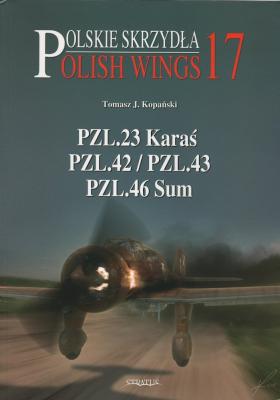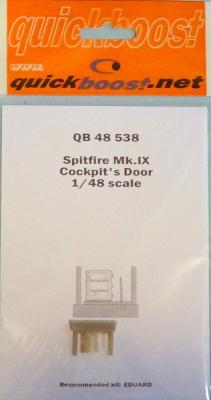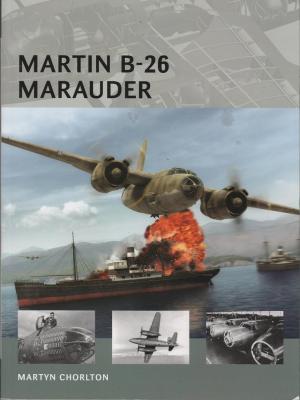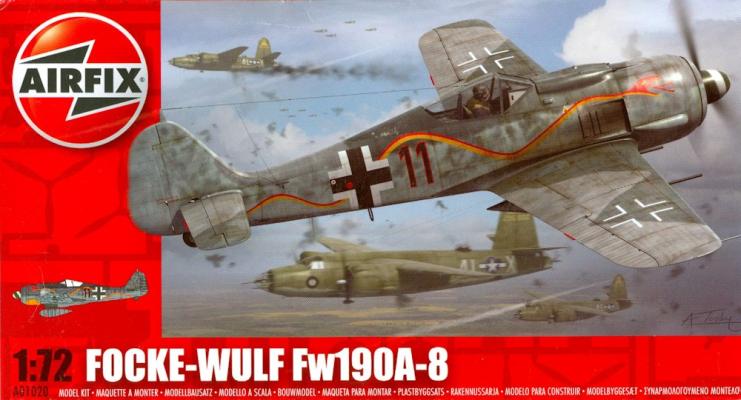Many, many thanks to Mr. Hideyuki Shigeta for honoring me with the privilege of building the Super Wing Series He 219 Uhu (Eagle Owl) model kit for public review as an IPMS Reviewer Corps representative. I am deeply appreciative of the trust and confidence shown in me by both Mr. Shigeta and the IPMS Reviewer staff. I am delighted to report on the next stage of construction: the cockpit.
Welcome to the IPMS/USA Reviews site!
Introduction: The primary organization of the IPMS/USA Review website is by IPMS/USA National Contest Class. Within each Class there are sub-menus by kits, decals, books, etc. The Miscellaneous Class is for items that are not class specific or that cross two or more classes.
IPMS/USA Members: We encourage you to submit reviews, both here and to the Journal. To volunteer for membership in the IPMS/USA "Reviewers Corps" and submit your own reviews, please read the Guidelines For Submitting Product Reviews.
Manufacturers, publishers, and other industry members: IPMS/USA is pleased to offer your company the opportunity for product reviews. All product reviews are performed by IPMS/USA members, and are posted in the publicly-accessible section of our website. With very few exceptions, we perform full build reviews of new kit releases, aftermarket products, and supplies. If you would care to provide product samples for review, please contact John Noack, IPMS/USA 1st VP.
To learn more about IPMS/USA, please see our About Us page.
This book takes a look at the most famous of the Polish bomber type in WWII and its developments. The PZL 23 was known as the Karas (or Carp, according to Google translation) to the Polish Air Force and, along with its offshoot variants PZL 42, 43 and 46, did the lion’s share of bombardment work for Poland.
The majority of the book (65 pages) gives us a brief history of the main variant, the PZL 23, and its service with both Poland and Romania. There are many previously unpublished black and white photos used to illustrate this aircraft, along with gorgeous color profiles. The Poles had some of the best group insignias I have ever seen. Who could resist doing a model of a Karas with a flying fire breathing dragon with a bomb clutched in his talons?!
This is the second Quickboost piece that I have acquired for my 1/48 Eduard Spitfire Mk.IXc build. The other is the cockpit seat.
Quickboost has produced a detailed resin cockpit door that provides details that are missing even in the excellent Eduard kit. This is not to diminish the Eduard kit that has been reviewed by Bret Green as the definitive (his opinion) 1/48 Spitfire kit. In the photos, obviously, the Quickboost piece is still attached to the casting block. The Quickboost web link to the picture brings out more detail than my photo. A word of caution – there seems to be a size difference with the Eduard door being larger. I won’t know about final fit until I get to the build.
I highly recommend this highly visible replacement part. Thanks to Quickboost for providing these parts and to IPMS/USA for the opportunity to review this item.
“Martin’s Mistake”, “Martin’s Murderer”, “The Flying Prostitute”, “The Baltimore Whore”, and “One a day in Tampa Bay” are all some of the derogatory nicknames and phrases used to describe the Martin B-26 Marauder. This outstanding aircraft was never able to get out from under the bad reputation it got early on. The early versions with the short-span wings and other ticks that come with a new design contributed to the type’s undeserved reputation. A really “hot ship”, it could be difficult for a newbie to handle, but once mastered it then demonstrated its full potential. And when the longer improved wing was installed on later variants, the crews felt that almost all of the ship’s vices disappeared.
Books on the Martin B-26 are not all that common, so it is good to see one that does its level best to dismiss the bad reputation this aircraft garnered in training. As the author state, crews loved the Marauder.
History
So much has already been written about the Focke Wulf Fw-190 that I needn’t add much to the history of the type. The BMW-powered Fw-190A series was produced in numbers approaching 20,000, and served as the backbone of the Luftwaffe’s fighter and ground attack forces during World War II. Easier to fly than the Bf-109, the wide track undercarriage of the Fw-190 resulted in fewer accidents, and the heavier armament variations were used for special purposes, such as anti-bomber operations and close support.











